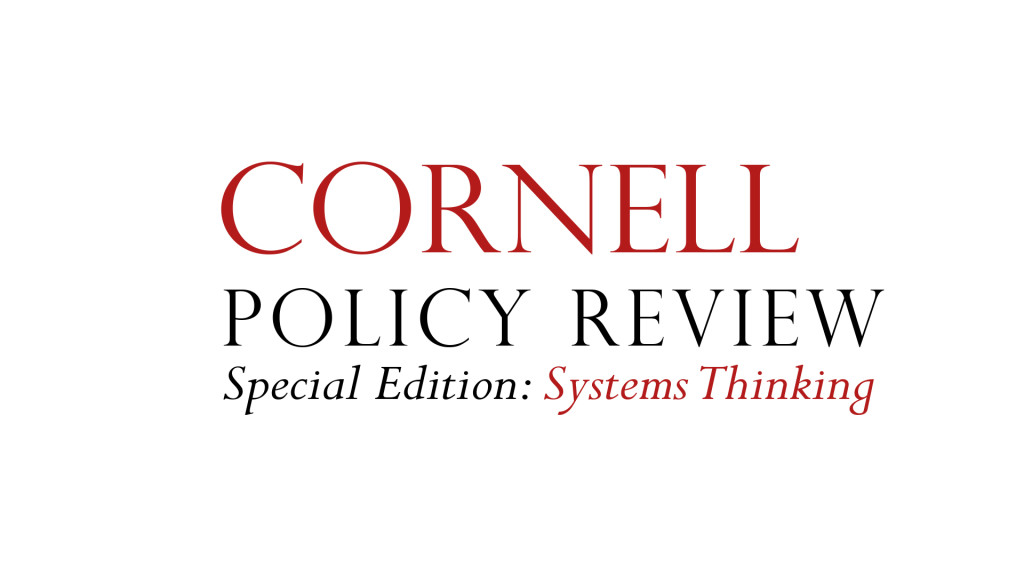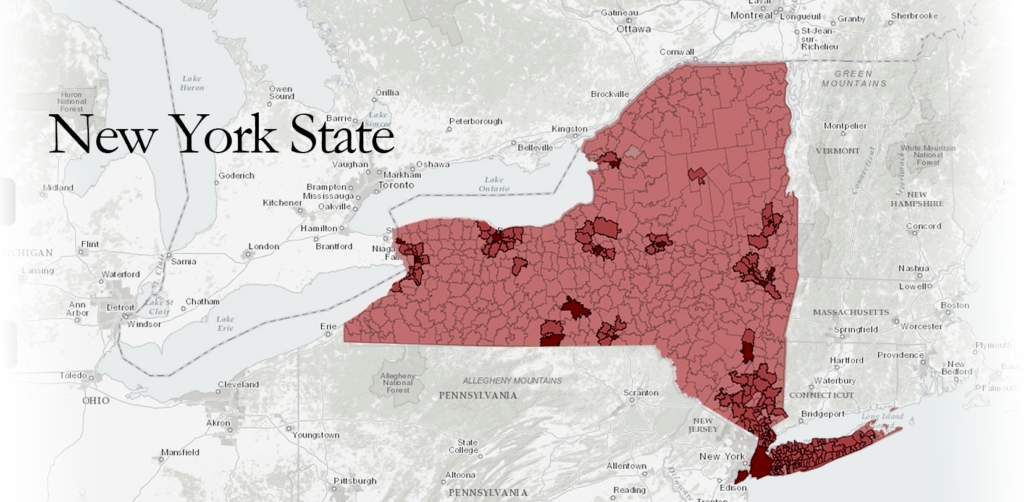Second Systems Thinking Special Edition
Systems thinking is a popular lens that lends significant insights into problems, issues or situations in many different fields. This Special Edition provides a demonstration of the application of Systems Thinking to policy related issues in many areas such as resource management, race, and education. All of these papers show that four simple rules underlie the plurality of systems thinking methods and problem solving techniques. These rules are effectively taught and learned in a reasonable amount of time in a course on systems thinking for public policy for students with no previous exposure to the field. At its core, systems thinking focuses on how to deeply understand and find innovative solutions to both the everyday and wicked problems we face. Many of the policy and programmatic issues students and policymakers face are complex and interdisciplinary in which information can be uncertain and stakeholders can be numerous and have competing interests in the solution.
Systems Thinking for Public Affairs
This course on systems thinking through the Cornell Institute for Public Affairs (CIPA) introduced Fellows to systems thinking as a field, and more importantly, as an analytical method to apply to their analysis of a diverse array of policy-relevant issues they were studying at the time. For example, students learned to seek out leverage points in systems that cause large shifts in the system. These leverage points are often the root of big changes from smaller efforts. Traditionally, many systems are plagued by bureaucratic resistance or inertia towards change, but the application of a systems approach to policy analysis shows that system wide change is often the result of simple rules applied across multiple levels within a system—this works well for the multitude of organizations involved in policy and programmatic work.
The organizational settings that CIPA Fellows interact with are complex, adaptive systems because change within them involves the collective behavior and interactions of independent agents. Changes in any level of the system have implications at other levels of the system, because they interact with and are comprised of multiple subsystems. While specific, local interventions may impact a particular sector within a system, true reform requires system-wide, coordinated efforts distributed throughout the institution or organization. In short, whether at the supra or subsystems level, leaders must be conscious of the interrelation of all aspects of a system. Actions taken in one area are likely to ripple across others. At the macro level in particular, a systems approach tells us that policymakers should be mindful that direct intervention for desired outcomes relies on an understanding of the layers of complexity and interdependence within a network of interacting agents. Here, a simple rules approach offered by Systems Thinking directed at the micro (individual) level has greater likelihood of success, often in the short and long term.
The Four Rules of Systems Thinking
Systems thinking is the application of four cognitive skills or rules to any and all information. The four rules are making distinctions and recognizing systems, relationships, and perspectives, or DSRP. More importantly, awareness of the fact that you are making distinctions, identifying systems, defining relationships, and taking different perspectives, is known as metacognition. The development of metacognition—which occurs from the conscious application of the Systems Thinking/ DSRP rules—among learners of all ages is essential in education and beyond. This skill set leads to creativity, emotional intelligence, and critical thinking—all of which are highly sought after in preparing students for the real world and also strengthens students’ ability to transfer skills across fields (National Research Council 2012; Joseph and Newman 2010; Briñol et al. 2006; Dean and Kuhn 2003; Litman 2009). Teaching Systems Thinking/DSRP facilitates thinking and understanding among students and creates the ability to apply these skills to any topic or issue.
Table 1. Summary of Systems Thinking Rules: D,S,R, & P
DSRP is often presented as individual rules and presented in a particular order for ease of teaching and learning. However, distinction making and recognizing systems, relationships, and perspectives can occur simultaneously and in varying order. Once learners understand DSRP as the foundational building blocks of cognition, they can systematically apply each rule to explore new channels of thought marked by distinctions, systems, relationships, and perspectives not yet considered (Carlson 2013). Considering the perspective not yet adopted, the distinction not yet made, etc., is of tremendous utility not just for problem solving, but for brainstorming, innovation, and forecasting. This is particularly salient for the complex issues faced by CIPA Fellows and will allow them to contribute significant insights into the issues they will face as future leaders.


